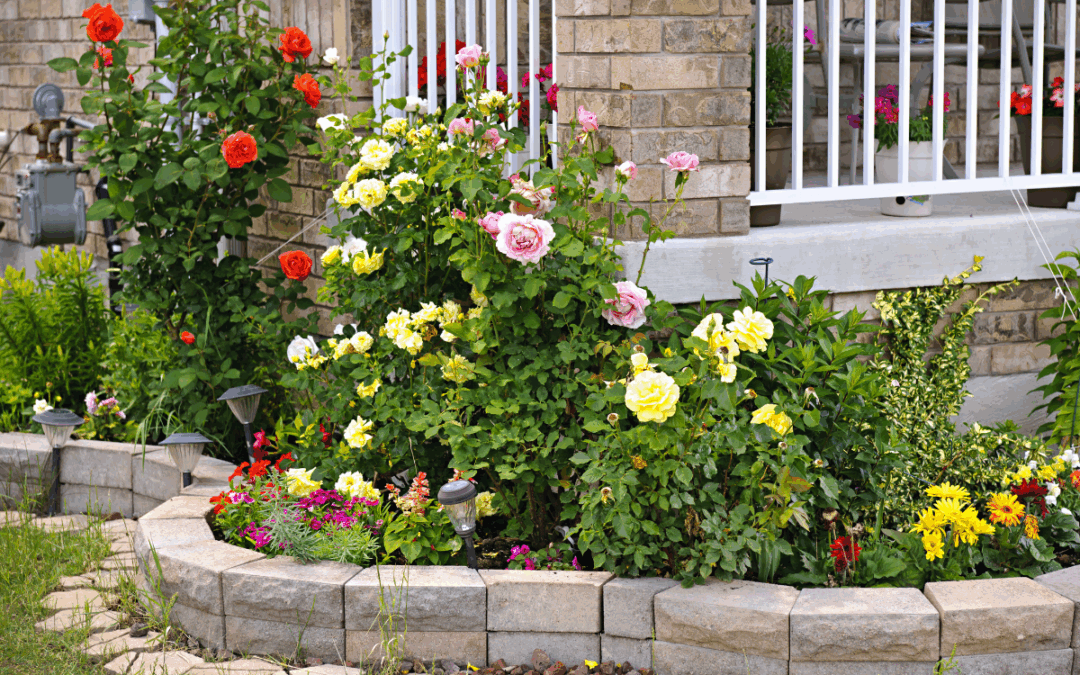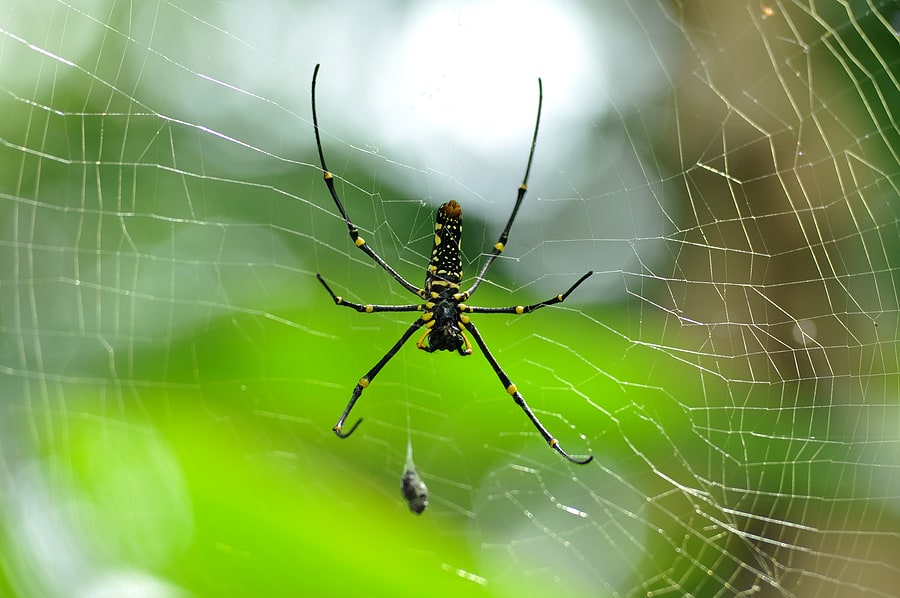READY TO GET STARTED?
REQUEST A FREE ESTIMATE
Fill out the form below or call (888) 466-7849 for a free, no-obligation estimate.

Florida’s fall gardening season is a rewarding time, offering a break from the summer heat. Mild temperatures also create ideal conditions for pests. Protecting your vegetable patches, flower beds, and ornamental plants is key to maintaining a healthy, productive garden. This guide highlights common fall garden pests and provides responsible strategies to keep them in check, ensuring your garden remains a vibrant oasis.
Species like armyworms, loopers, and hornworms are active in the fall. They can defoliate plants, skeletonize leaves, and bore into fruits like tomatoes. Their camouflage makes early detection challenging, so frequent inspections are important.
These sap-sucking insects congregate on new growth or the undersides of leaves. They drain nutrients, causing yellowing leaves and stunted growth, and excrete honeydew, which can lead to sooty mold.
Using piercing-sucking mouthparts, they feed on fruits, vegetables, and seeds. Feeding damage can cause discolored, sunken spots and reduce crop quality. Large populations can significantly impact yields.
Strong, healthy plants resist pests better.
Hands-on methods are often the most effective first step.
“Good bugs” like ladybugs, lacewings, and parasitic wasps prey on garden pests. Plant herbs like dill, fennel, and cilantro to attract these natural allies.
Vigilance, prevention, and creating a balanced ecosystem are the best ways to protect your garden this fall. Focus on soil health, physical barriers, and beneficial insects to reduce pest pressure naturally.
If fall garden pests become persistent despite your efforts, a professional can assess your garden, identify the problem, and provide a tailored management plan. Keep your plants thriving and bug-free by contacting a certified pest control expert today.

Orb weavers can be scary looking with their large size and the giant webs they weave. But are they dangerous to humans or pets?
The short answer is no. Although these spiders can bite, they lack the potent venom needed to cause serious damage to humans or larger animals. Their bites are comparable to bee stings. These pests are quite docile and usually non-aggressive; they are more likely to flee from you than to attack and bite you if disturbed.
Orb weavers are garden pests, often found in bushes, trees, wood piles, yard debris, under porches, under roofs, and under eaves. They get their name from the large, circular, wagon wheel shaped webs they weave. Because their family is so diverse, these spiders come in a variety of colors and markings, with some of the more common ones being bright yellow and black.
Orb weavers eat a variety of small insects such as mosquitoes, beetles, moths, flies, and wasps. They are quite beneficial to have around as they help keep other pest populations under control.
If you have an issue with spiders or other pests, contact your local pest control company for an evaluation and treatment options.
Add Some Shine to Your Crawl Space